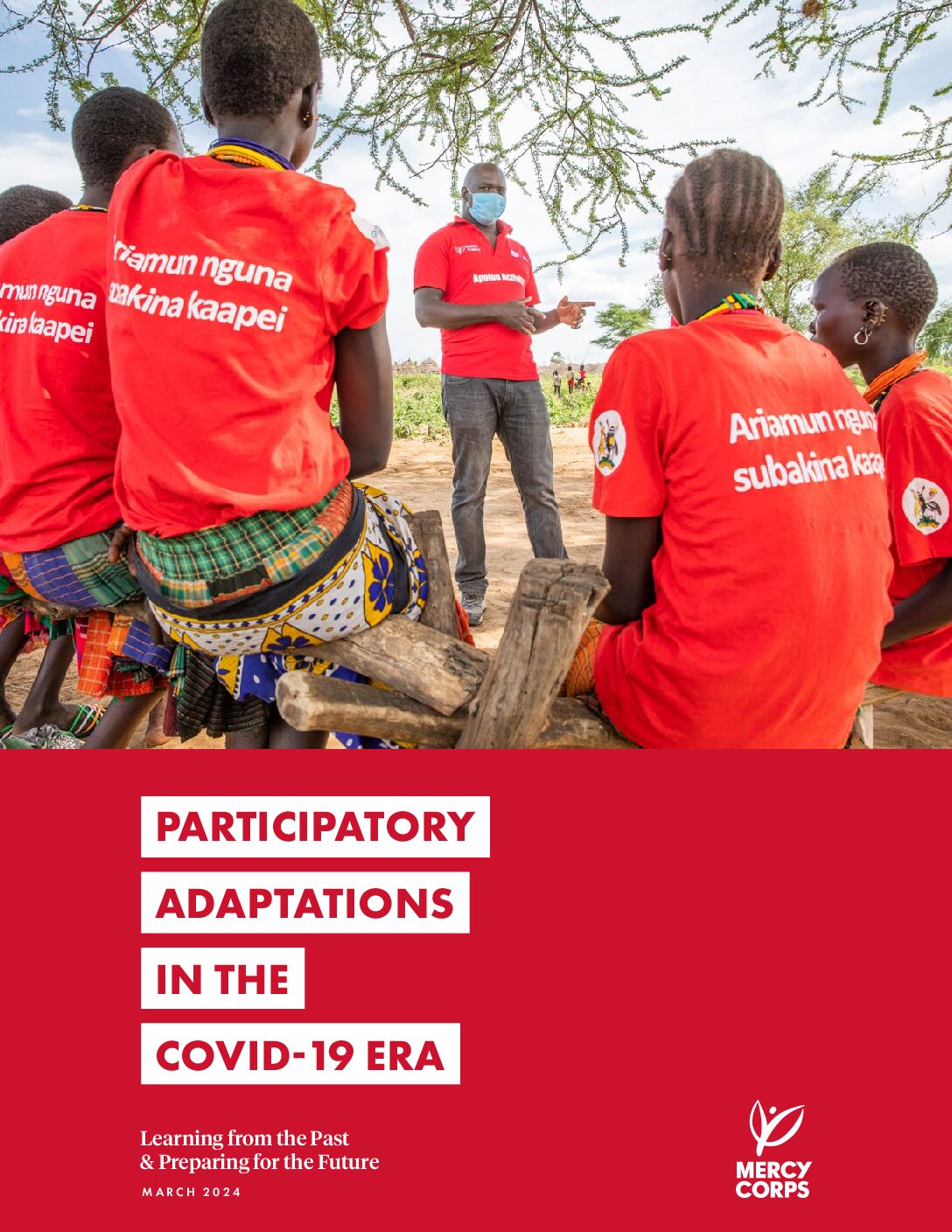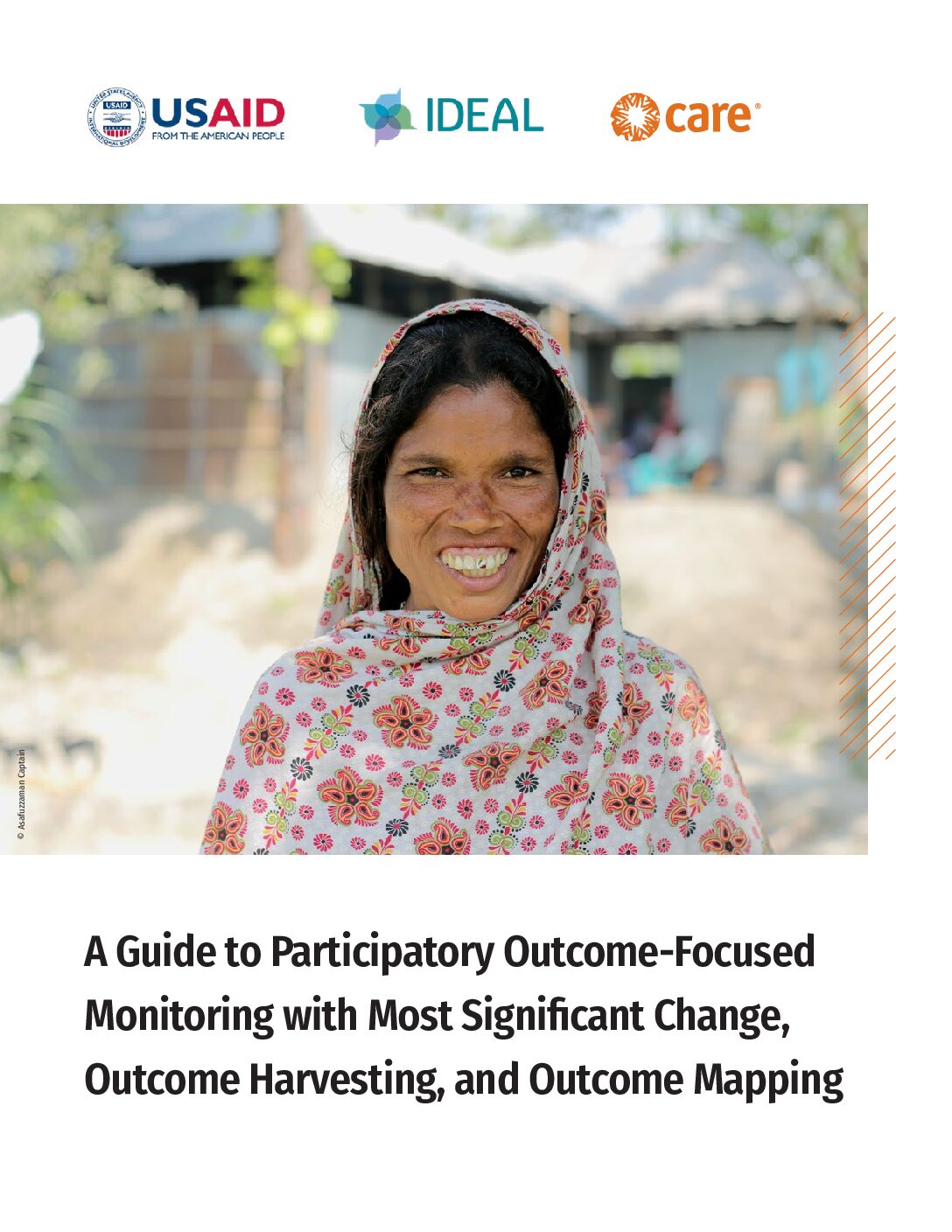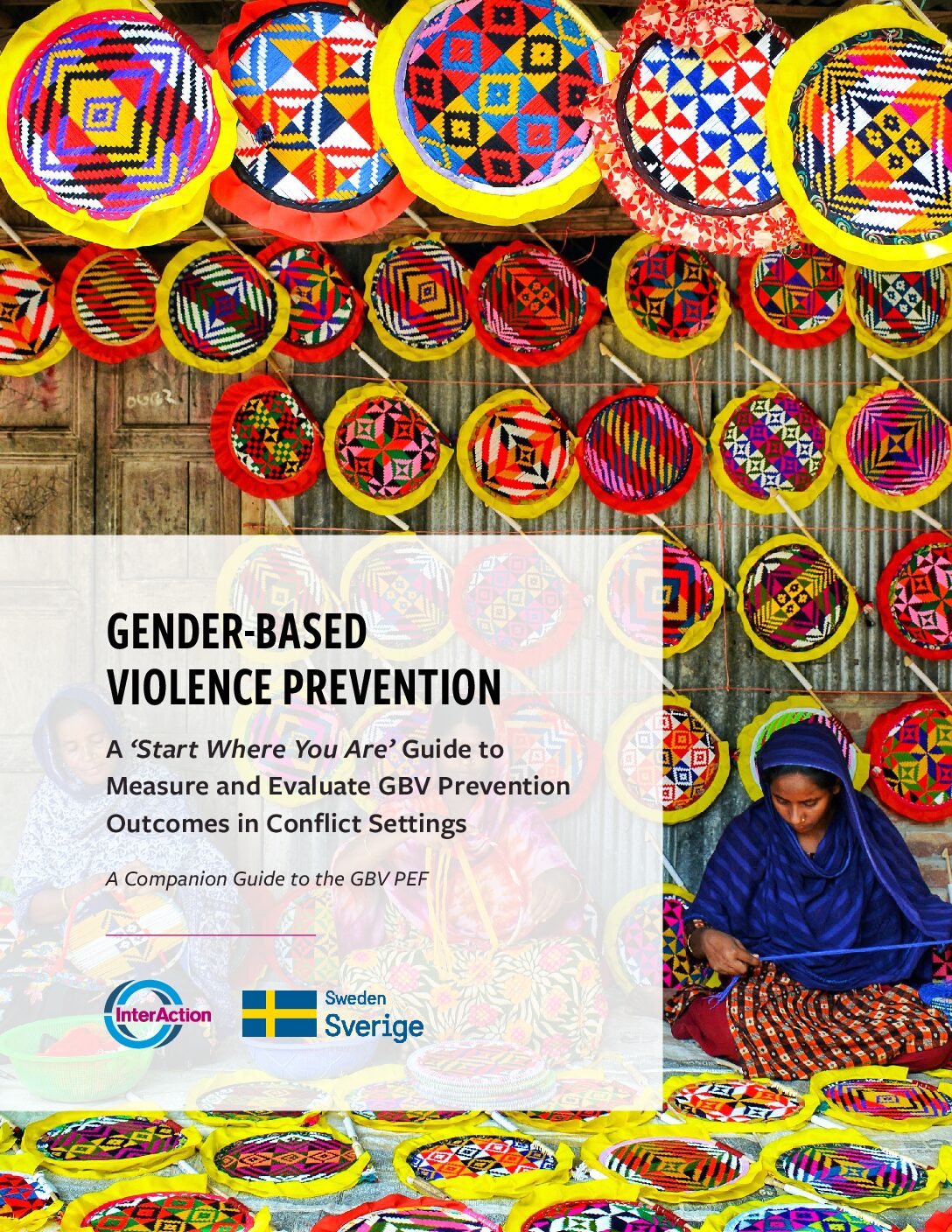The Results-Based Protection Program continues to explore key components in current practice to better adjust and refine the approach and guidance needed to support both program and situation monitoring of a response. Situation Monitoring links back to the protection priorities identified in the protection analysis and the underlying causal logic by monitoring the patterns of those protection priorities through direct and indirect indicators. It allows humanitarian actors to analyze new information and adapt their programs as common practice. This allows all stakeholders to be well-informed of the fluidity of the environment and work towards a common goal.
This page will be populated with new findings arising from on-line discussion forums, webinars, field consultations, and other activities that allow us to test and document best practice and showcase result-based approaches to protection.
CRITICAL QUESTIONS
- Does your protection analysis give you the right indicators to monitor the identified protection issues you are addressing?
- What combination of monitoring methods should be used?
- How are situation, program, and protection monitoring linked? How is situation monitoring different?
- Who should be responsible for situation monitoring and how is data shared among stakeholders?
- How can implementing organisations encourage and promote adaptation of programs during implementation? How can donor policies encourage and maximize adaptation of programs during implementation?
- How can we broaden our use of data to better inform our understanding of the protection analysis?
- How do we ensure that programs fits within the wider inter-agency protection strategy?



